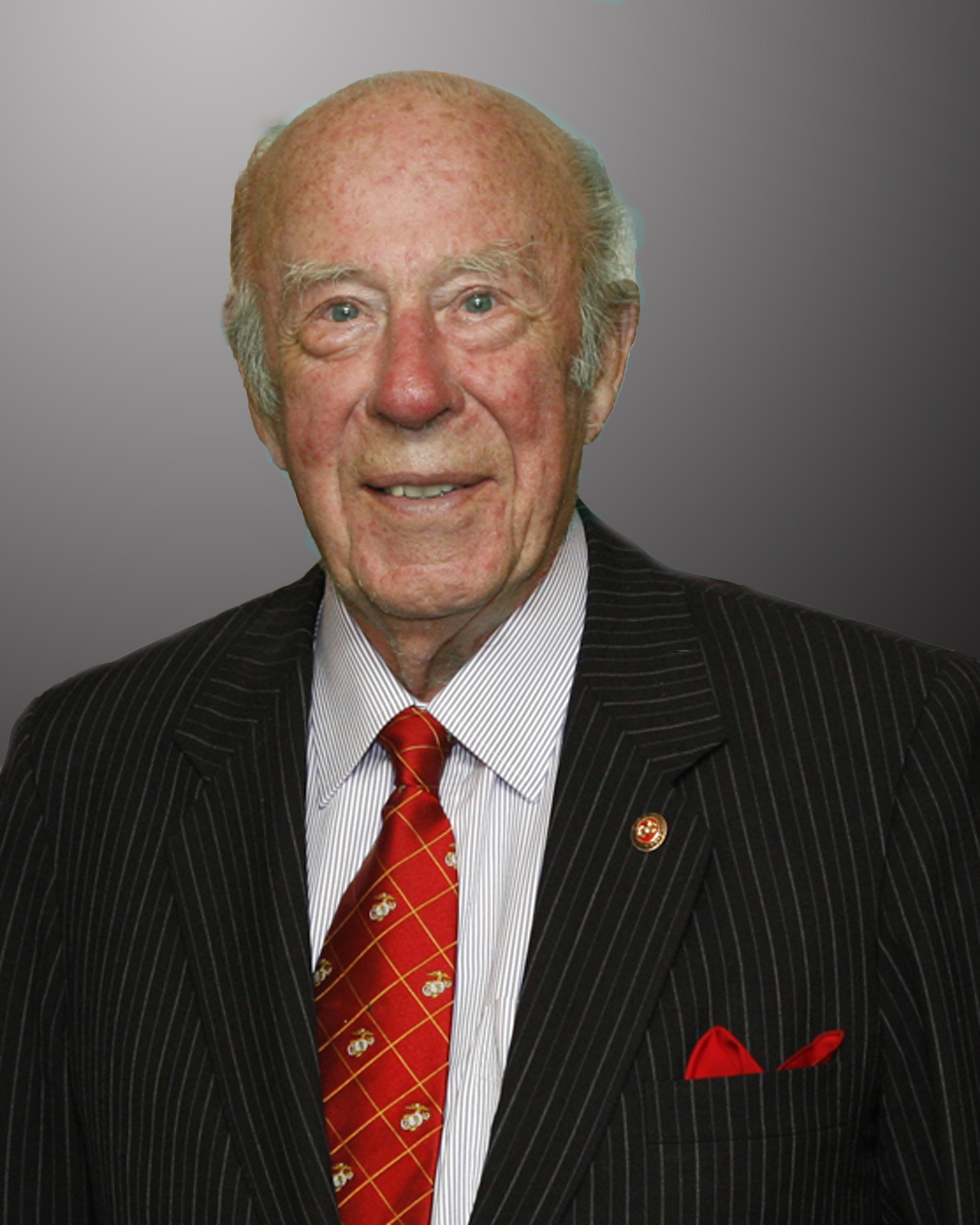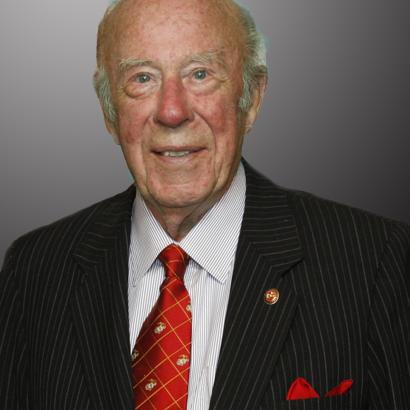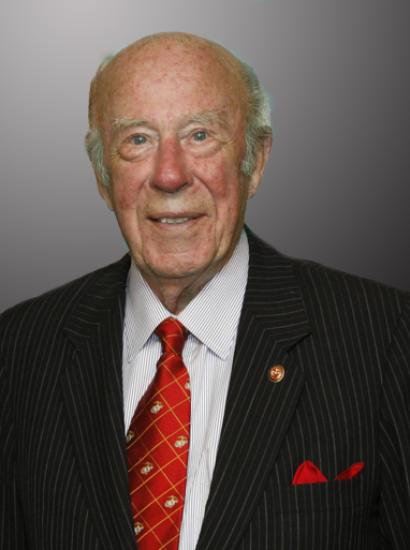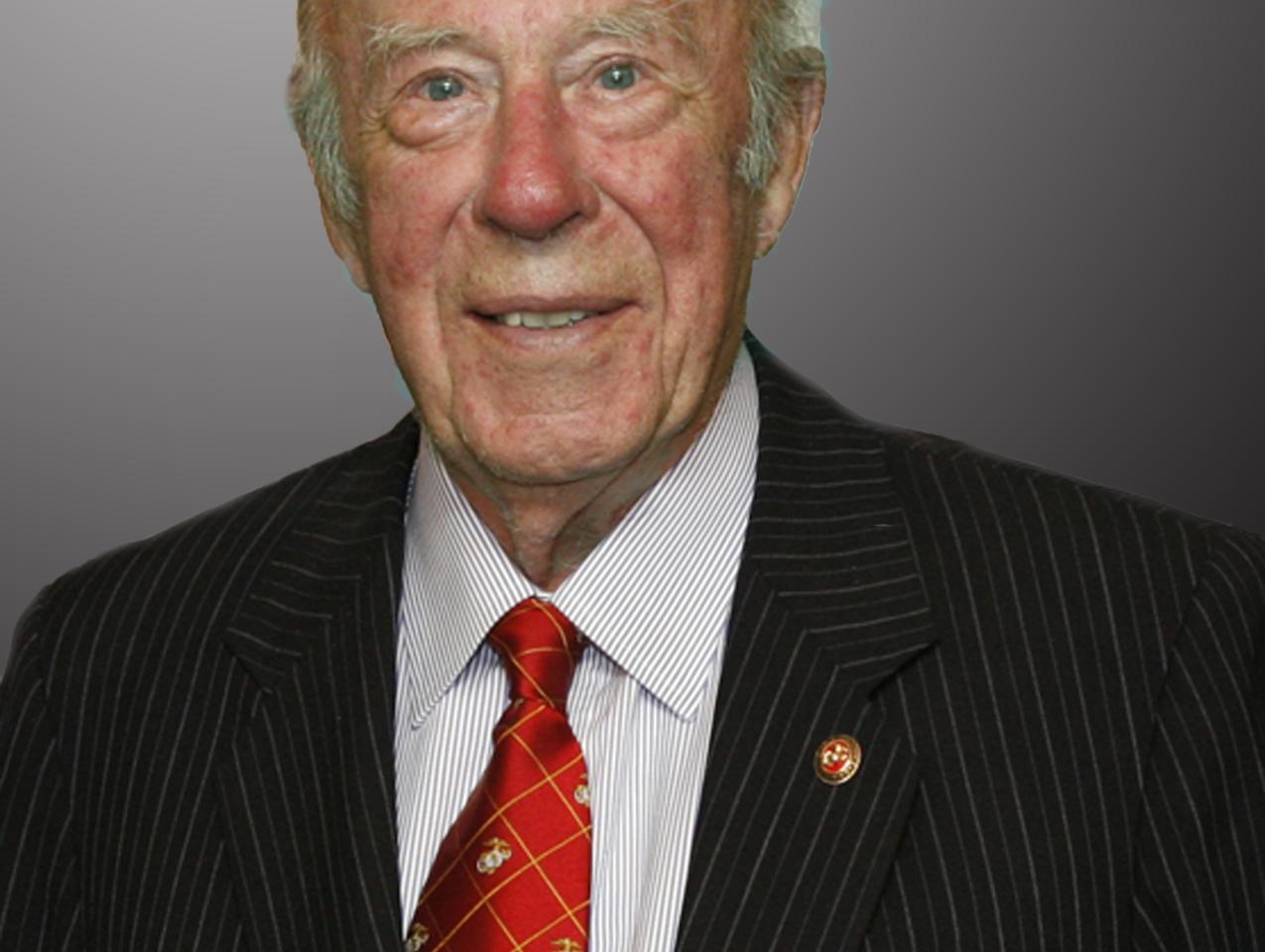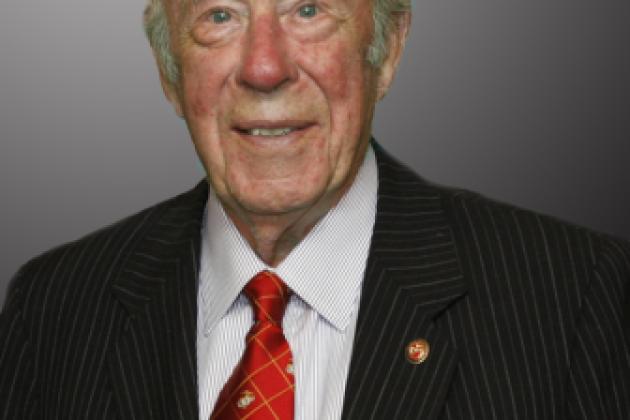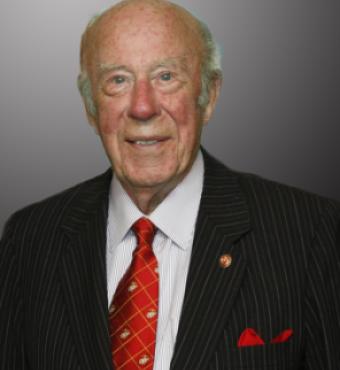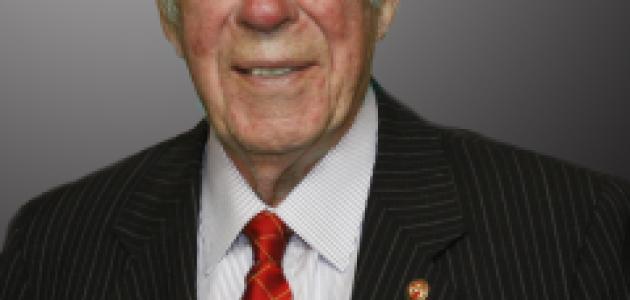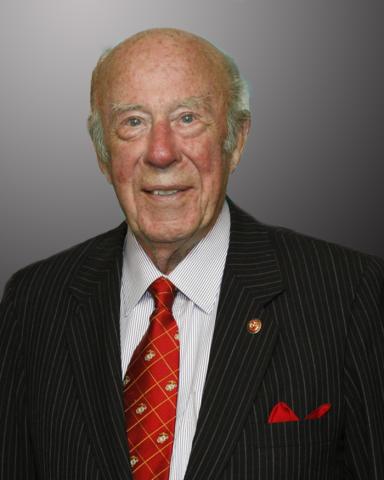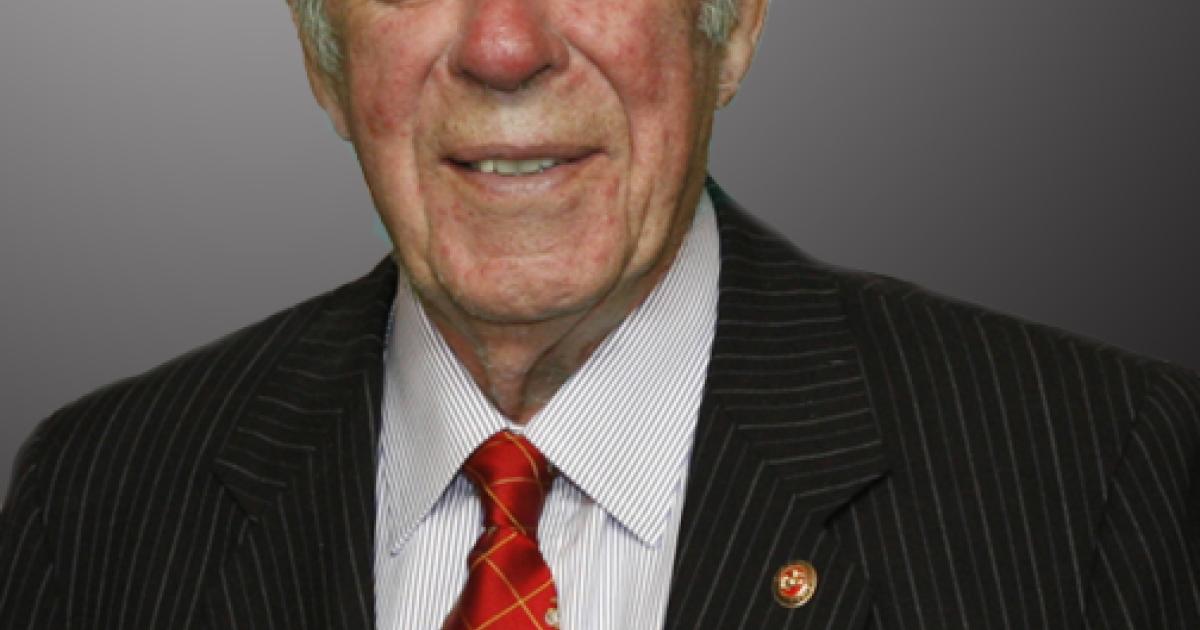
Three Hoover Institution senior fellows and two distinguished associates were honored on October 12 by the American Academy of Arts and Sciences for their collaborative and ongoing efforts to reduce the global threat of nuclear weapons.
They were awarded the Rumford Prize, one of the oldest honors presented in the United States, in Cambridge, Massachusetts.
Honored were former secretary of state George P. Shultz, the Thomas W. and Susan B. Ford Distinguished Fellow at Hoover; former secretary of defense William J. Perry, a Hoover senior fellow; and prominent physicist and arms control expert Sidney D. Drell, also a Hoover senior fellow. Also honored were former Senate Armed Services Committee chairman Sam Nunn and former secretary of state Henry Kissinger.
“The men we honor [today] have been at the heart of American national security policymaking,” said Academy chief executive officer Leslie Berlowitz at the award ceremony. “They now lend their considerable expertise and reputations to move the world on a path away from nuclear weaponry. In an age of increased risks of proliferation and rising dangers posed by terrorists or rogue states, the need for their leadership has never been greater.”
As part of the awards program, Shultz, Perry, Nunn, and Drell spoke about their decades of experience confronting the nation's most vexing national security issues and their collective work to reduce the risk of use, and prevent the spread, of nuclear weapons.
Their recent efforts include a conference organized by Shultz and Drell at the Hoover Institution in October 2006 marking the twentieth anniversary of the summit between President Ronald Reagan and General Secretary Mikhail Gorbachev. A statement prepared after the conference by Shultz, Perry, Kissinger, and Nunn was published as “A World Free of Nuclear Weapons” in the Wall Street Journal on January 4, 2007. The four authors then proceeded to establish the Nuclear Security Project, with the Nuclear Threat Initiative in Washington, D.C., serving as the project’s secretariat. They published another op-ed, “Toward a Nuclear-Free World,” in the Wall Street Journal on January 15, 2008, following a second conference, which was convened at Hoover in October 2007.
Two Hoover Institution Press publications have resulted from these conferences: Implications of the Reykjavik Summit on Its Twentieth Anniversary: Conference Report (Sidney D. Drell, George P. Shultz, 2007), and the forthcoming Reykjavik Revisited: Steps toward a World Free of Nuclear Weapons (Edited by George P. Shultz, Steven P. Andreasen, Sidney D. Drell, and James E. Goodby, December 2008).
The Academy's Rumford Prize, established in 1839, recognizes contributions that advance the good of mankind in the fields of heat and light. Previous winners include Thomas Alva Edison for his investigations in electric lighting, Enrico Fermi for his studies of radiation theory and nuclear energy, and Charles H. Townes for his development of the laser.
Founded in 1780, the American Academy of Arts and Sciences is an independent policy research center that conducts multidisciplinary studies of complex and emerging problems. Current Academy research focuses on science and global security, social policy, the humanities and culture, and education. With headquarters in Cambridge, Massachusetts, the Academy's work is advanced by its 4,600 elected members who are leaders in the academic disciplines, the arts, business, and public affairs from around the world ( www.amacad.org ) .







